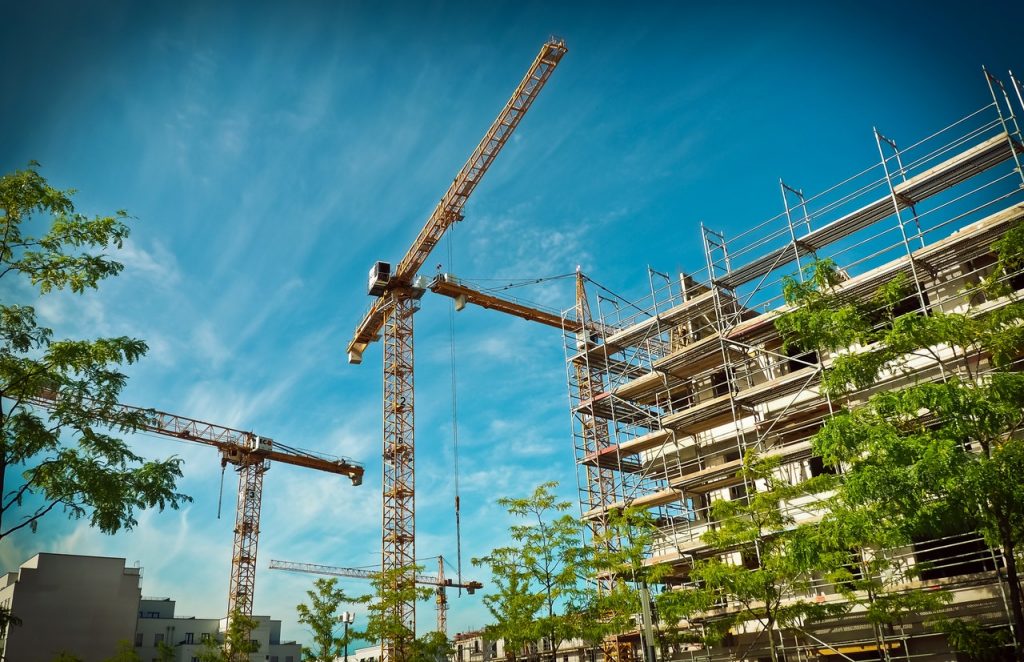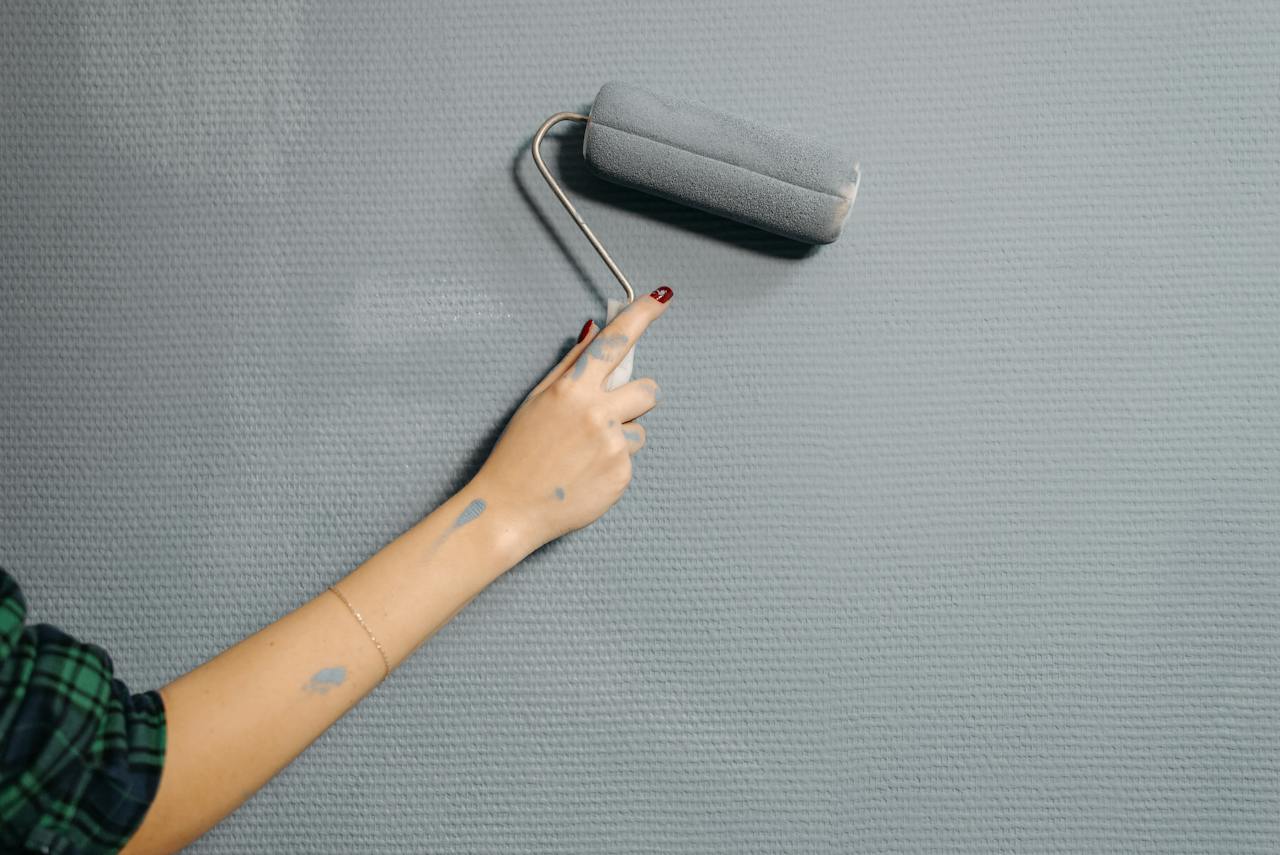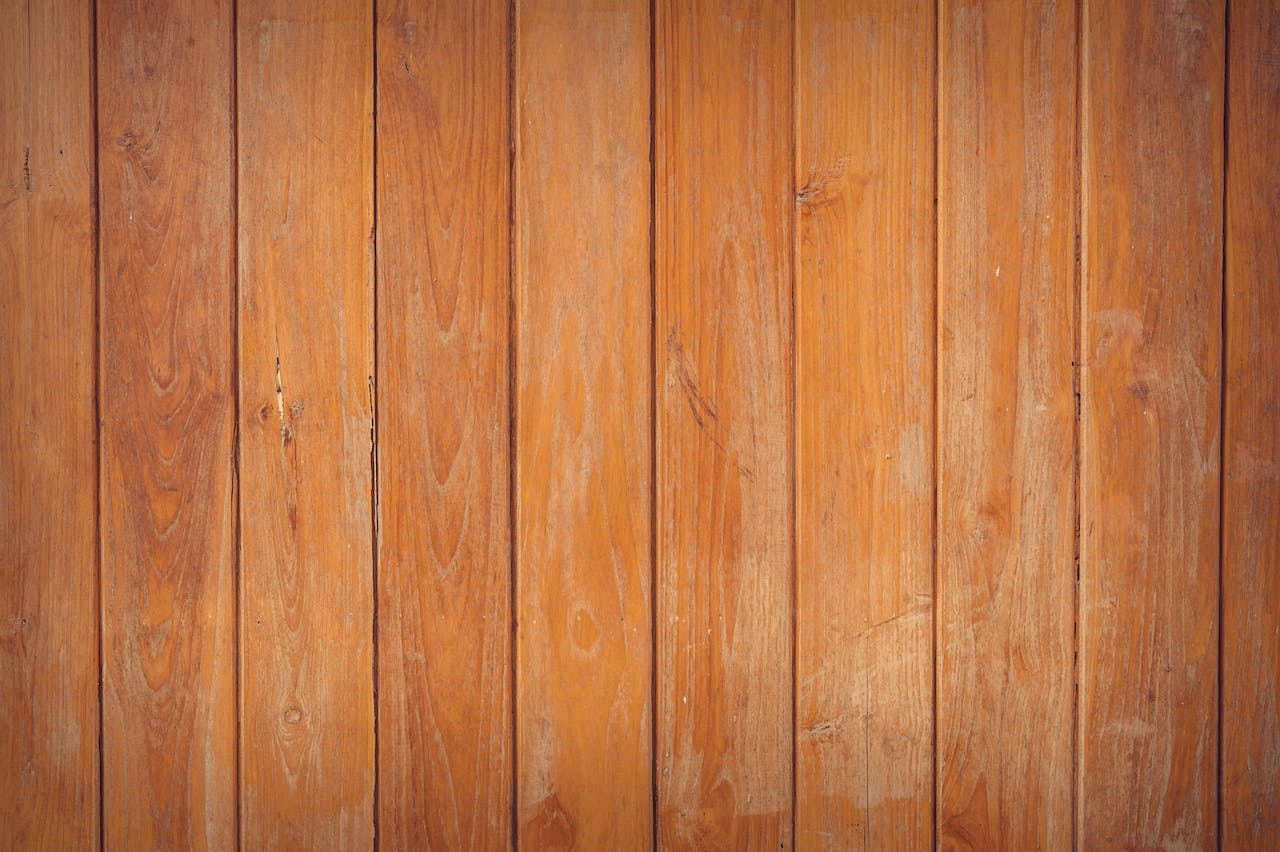Cranes, Cranes, Cranes and More Cranes

Anywhere you look in Australia’s eastern capitals, a plethora of cranes clutter the skyline.
In accordance with this ‘Rider Levett Bucknall (RLB) Crane Index’, a quarterly picture of cranes use in Australia, there were 528 in functionality across Australia’s east coast in the September quarter this past year, that the maximum amount on record. The index was able to be calculated via network performance monitoring in equipment and number of crane operators.
Of these, 454 have been at Sydney, Melbourne and Brisbane alone, a bigger number than those working in New York, Boston, Chicago, San Francisco, Los Angeles, Toronto and Calgary over Precisely the Same time span, based on calculations from RLB.
You might have observed a chart of the number of cranes earlier which got a great deal of press at the time, but here is a reminder of the massive gain in the number of cranes in usage seen in the past couple of decades.
It was a really epic statistic and yet one which fanned fears over an expected high-rise flat glut forming Australia’s eastern capitals. While it does not say whether that glut will eventuate, there are graphs which describe why there have been so many cranes in the skies during the September quarter.
Other residential dwellings which were under construction along Australia’s east coast, nearly all completely units, stood at 135,600 at the moment, just shy of the record large amount of 136,300 being constructed at the March quarter of 2016.
From five years before, that has been a massive growth of over 120%, also clarifies why the explosion in cranes in performance, as well as the growth in infrastructure via the increase in drake low loader hire. And, if the graphs are not anything to go by, the number of cranes in usage may grow much more in the forthcoming quarters, especially in New South Wales.
According to the ABS, there was also a list 33,300 additional residential dwellings declared that had yet to begin building during the election, easily exceeding the previous record of 29,050 found in the previous quarter.
And more than half of these were in New South Wales, together with 18,200 additional dwellings approved but yet to start building. Assuming the majority get assembled, Australia’s high rise structure boom appears like it can find just a tiny bit bigger yet.
A quarterly crane indicator has suggested that Australia’s construction boom isn’t yet over, with 653 cranes sighted in functioning improvements across Australia.
And based on Rider Levett Bucknall’s (RLB) Q4 indicator, the residential sector is still dominant with 548 cranes representing 84 per cent of cranes commissioned on prospective residential dwellings.
Our newest Crane Index has revealed an increase in Australia’s total amount of cranes within the previous six weeks to 685 in addition to a crane count boost in each crucial city around Australia (except Darwin and Canberra). In contrast to popular belief, the boom isn’t dead yet.
The ongoing strength of the building industry within Australia is represented in a 4 per cent increase from the RLB Crane Index into a record amount of 161. For the very first time, RLB has generated an Australian residential and non-residential crane indicator to match the total indicator via it cloud computing, which reflects the motion in crane numbers with time in these crucial sectors of the total construction industry, as explained by Ballesty.
Non-residential more volatile
The non-residential index reveals more volatility but nevertheless highlights a favourable tendency. The index now stands at 111 upward from 101 in Q2 2016. These businesses are somewhat more volatile to big fluctuations in crane begins because of the smaller investor foundation for new advancements and traditionally one purpose usage.
A stable home-based business is significant to the business as a whole since it showcases fresh investment and assurance in government spending on social infrastructure assets along with the personal industry’s spend on longterm investments.
Of the 685 cranes standing tall throughout Australia, 350 have been in Sydney, 151 at Melbourne, 85 across Brisbane, 31 from the Gold Coast, 25 at Perth, 18 at Canberra, 17 at Adelaide, 5 at Newcastle, 3 at Hobart, with 0 in Darwin.
Fewer high-rises in Sydney and Melbourne CBDs
Both most populous economies of Sydney and Melbourne have witnessed a massive decentralisation of multi-level improvements happening. There are currently 109 Sydney suburbs and 54 Melbourne suburbs with cranes, whilst other towns’ high-rise advancements are concentrated from the CBD area.
Residential crane numbers soaring across Sydney
Residential cranes jumped to 298 approximately Sydney, which amount to 43 per cent of complete cranes built within Australia and 54 per cent of cranes encouraging the residential business in Australia. 109 suburbs in Sydney have residential cranes.
Sydney suburbs that now have the maximum crane numbers: Epping — 16; Wolli Creek — 13; Parramatta — 10; Burwood — 9; Mascot — 8; Homebush, Lane Cove, Lewisham and Zetland- all; Leichardt, Surry Hills — equally 6; Ashfield, Auburn, Flemington, Meadowbank, Mosman, Ryde and Waterloo — 5.
A brand new high for Melbourne
Cranes around Melbourne currently number 151, a new top, up from 146 from the former variant, a net profit of 5 cranes. 88 cranes were inserted and 83 eliminated from websites.
Considering that the previous indicator six months past, there’s been a transfer of cranes in the south-east to the east and west, highlighting the development of greater density residential jobs within these areas.
Commercial jobs demonstrated a small gain of a single crane using 31 cranes on jobs across Australia which also includes slab scissors. This business currently accounts for 5 percent of cranes in Australia.
The home, resort, civic, schooling and other/mixed use businesses are demonstrating strong growth in crane quantities together with the rest of the sectors all revealing small losses because of the previous index.












